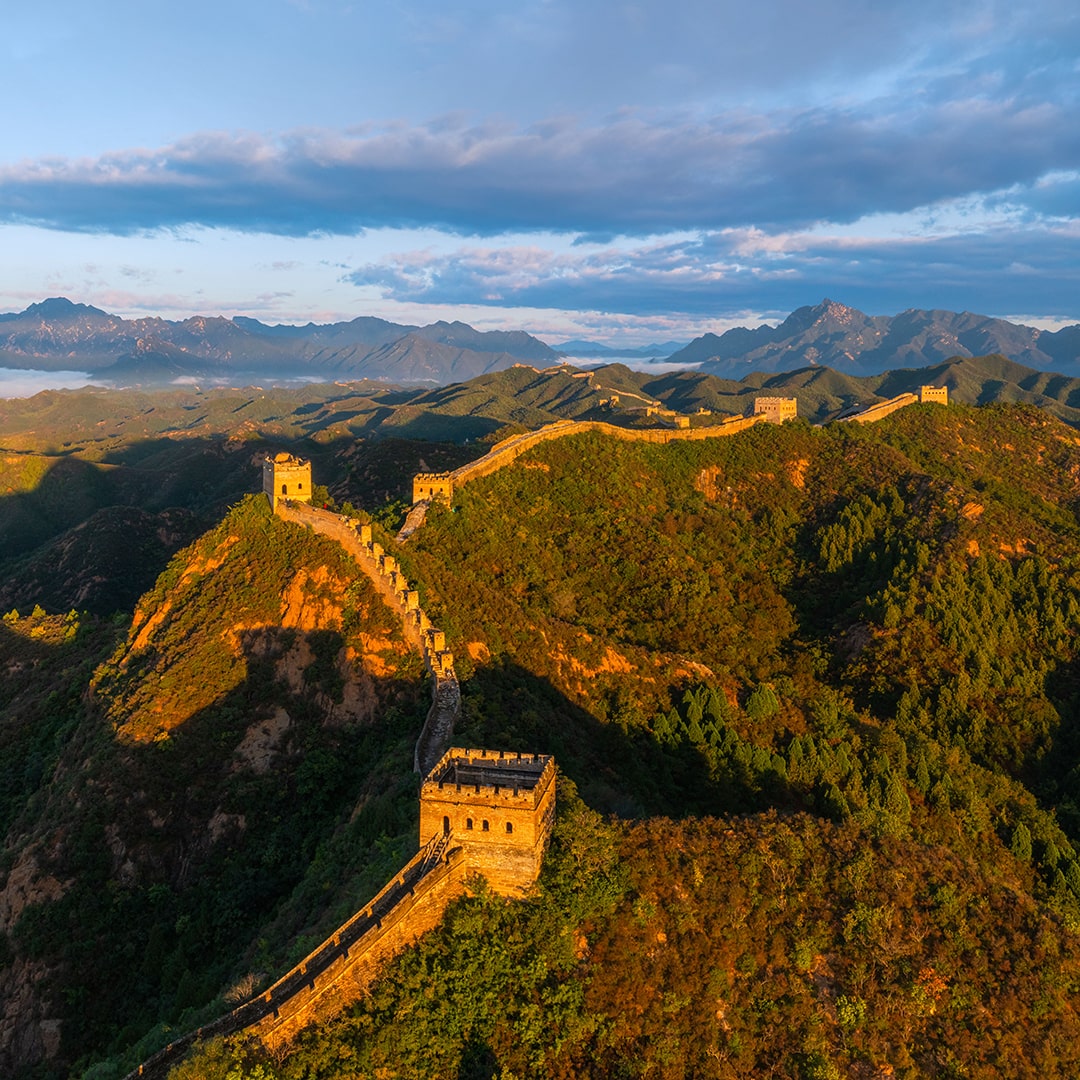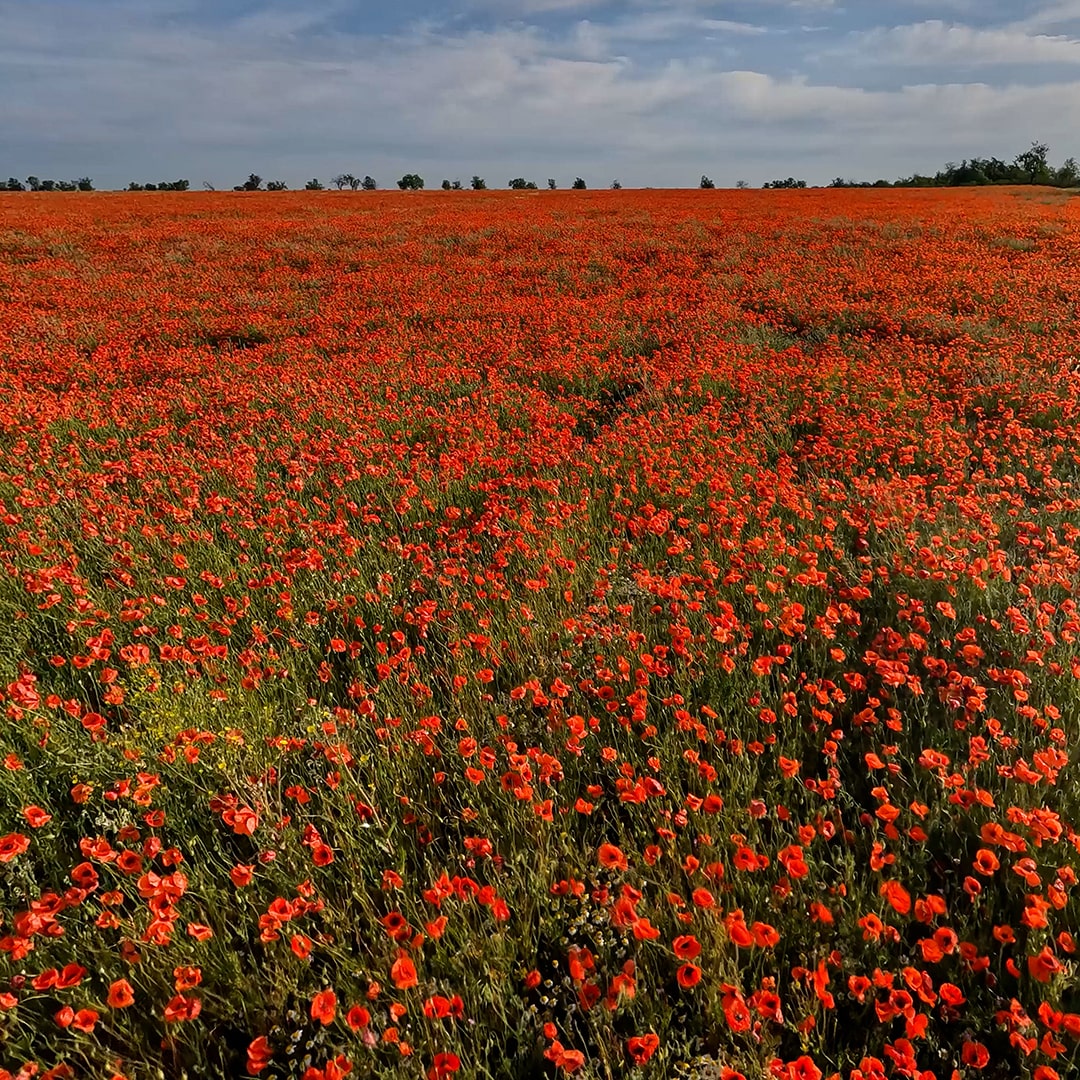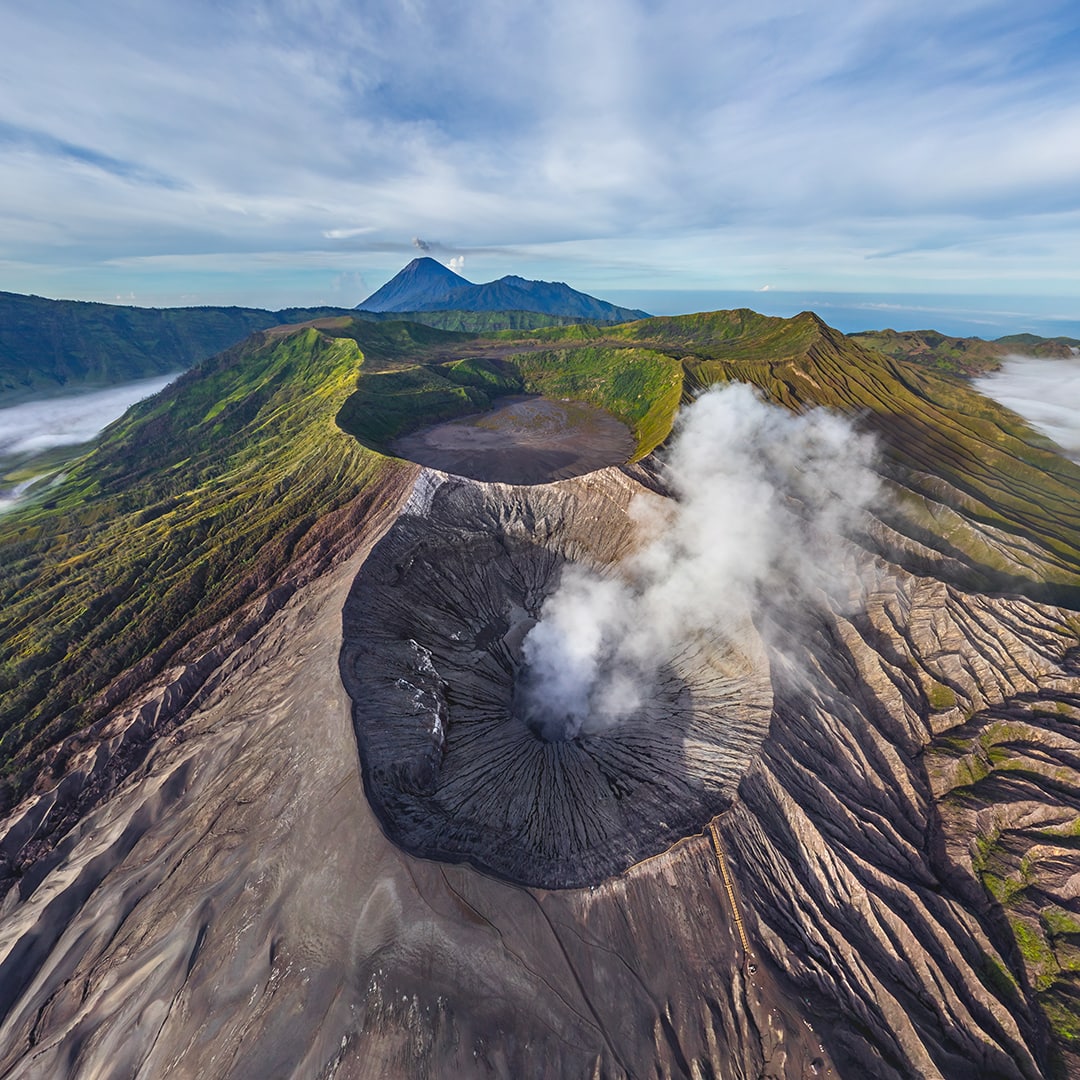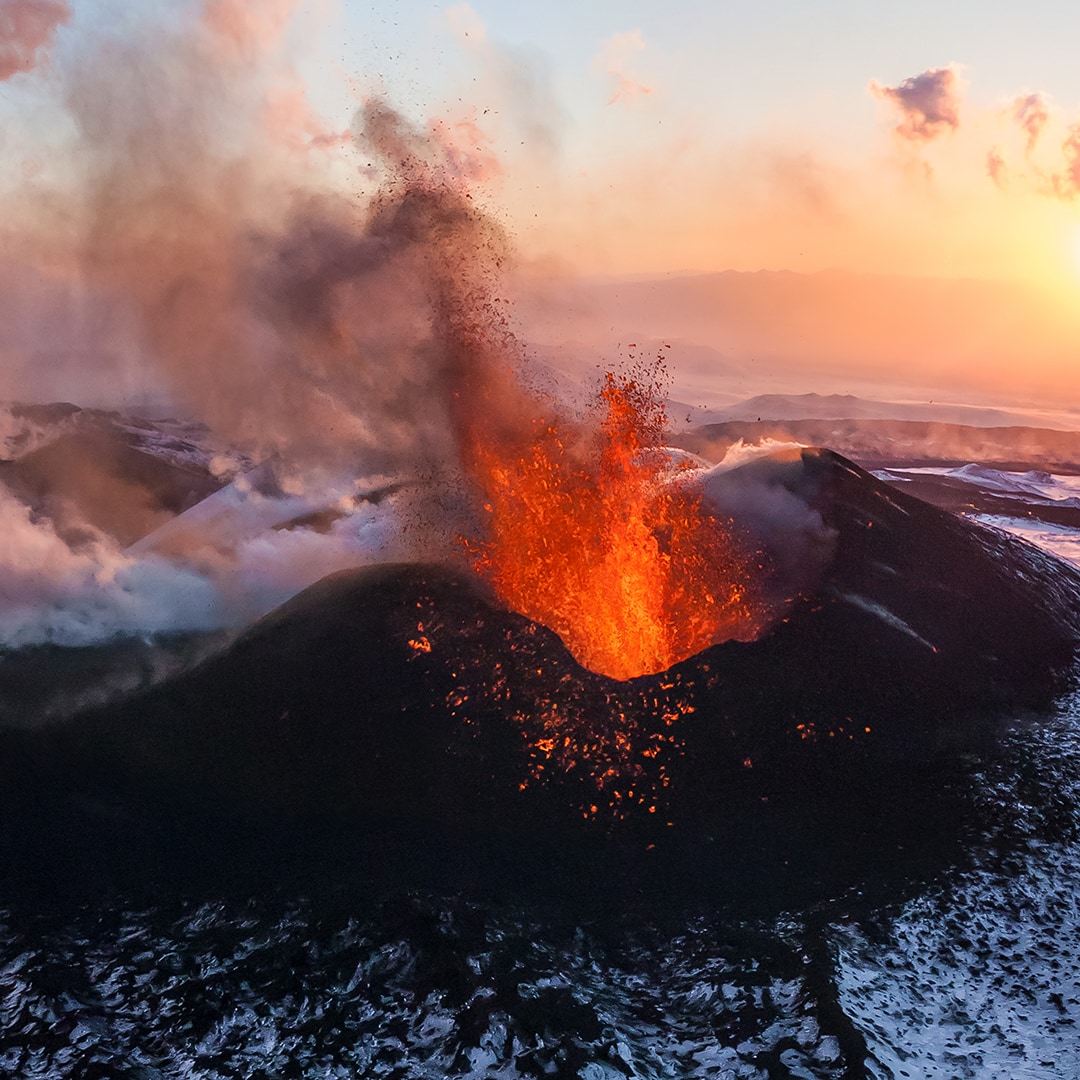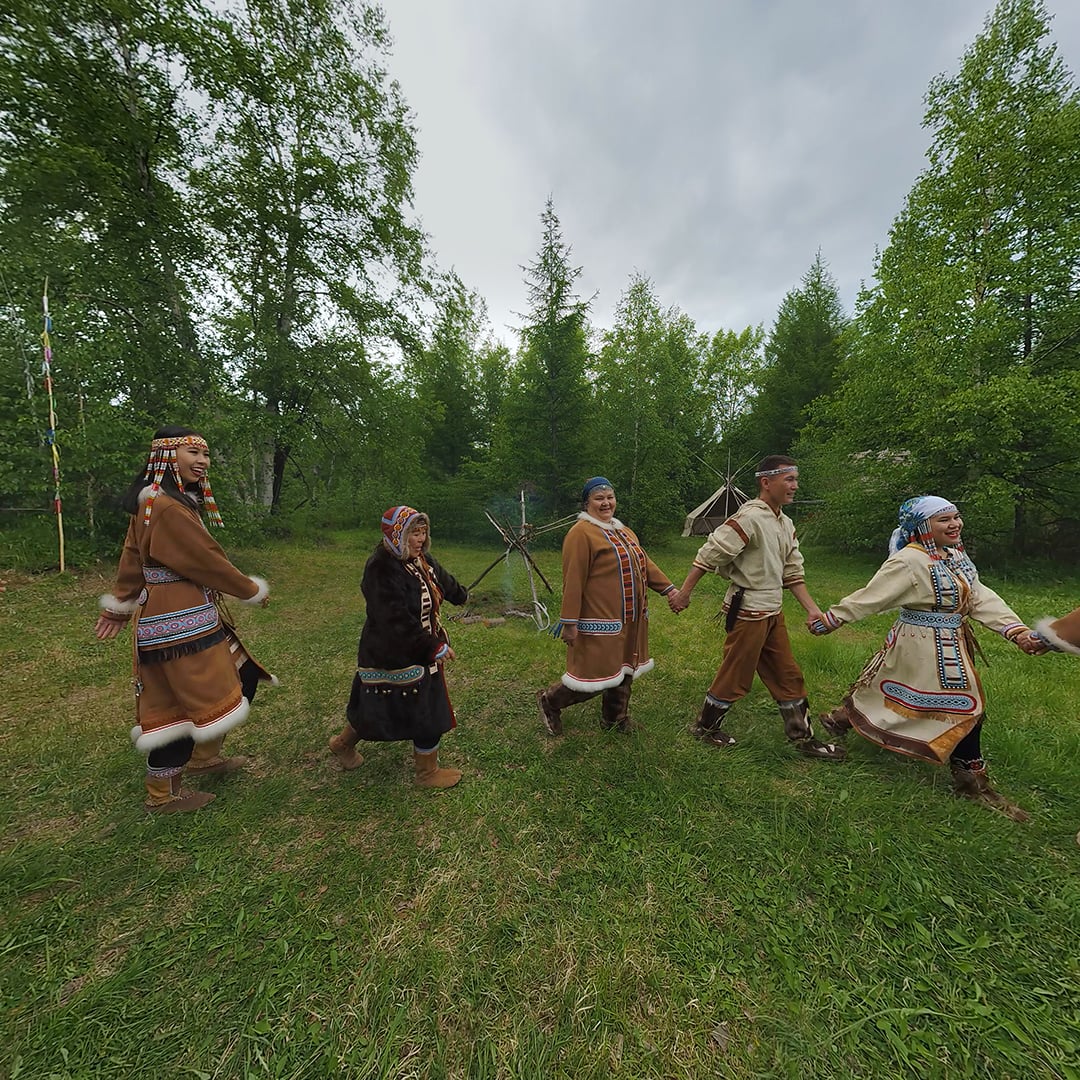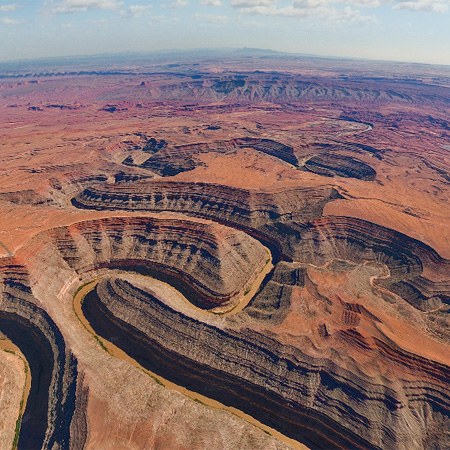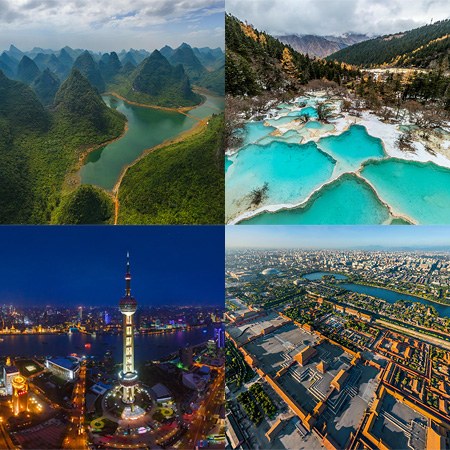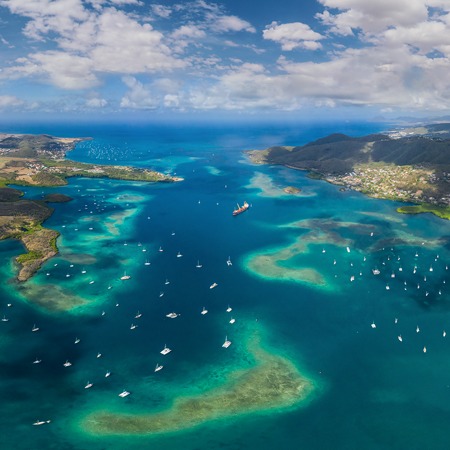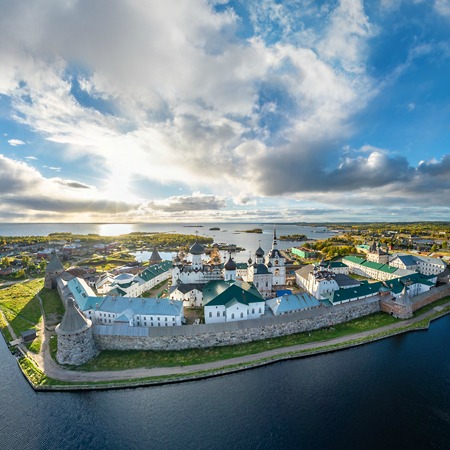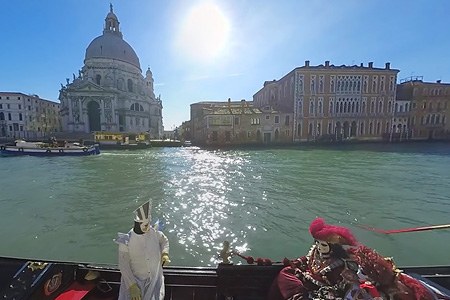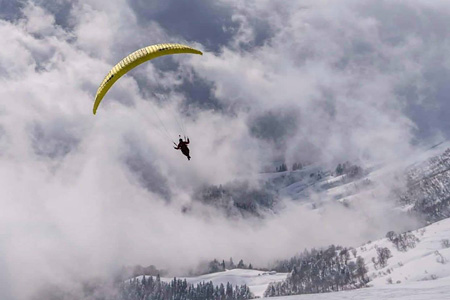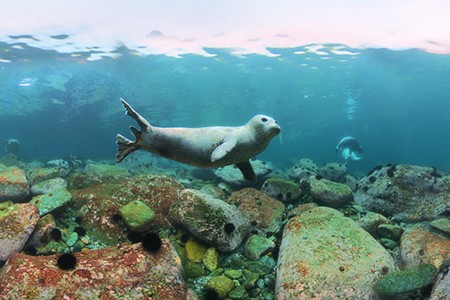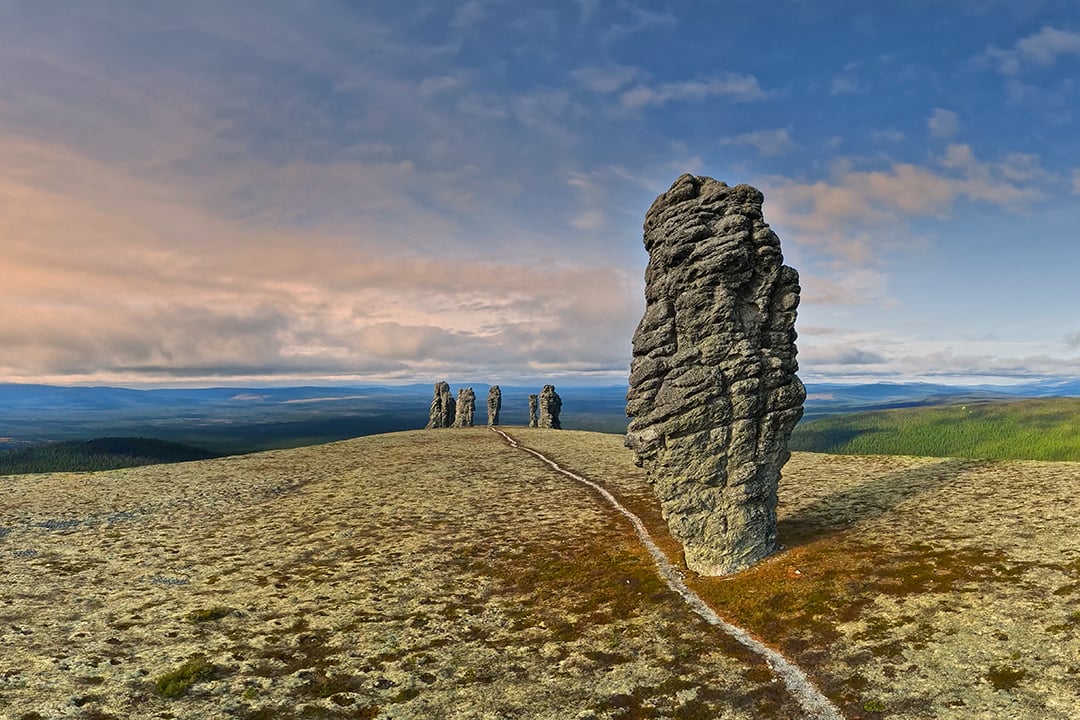Trip to Georgia
The Georgian capital has fully preserved its historical atmosphere, monuments and nature. But other places in Georgia are none the less interesting!

A few kilometers north of Tbilisi lies the city of Mtskheta, which was founded in the 5th century BC. One of the most important events that took place on this land was the preaching of Christianity, which was brought here by Saint Nina, Equal to the Apostles. Here, on the top of the mountain, she erected a cross, and then the Jvari monastery grew around it.
Today we see it as it was recreated in the first half of the 7th century, after its destruction and reconstruction. In 1994, the monastery was included in the list of World Heritage Sites, becoming the first Georgian monument in these honorable series.

The small-sized Jvari temple is harmoniously integrated into the rocky massif, continuing its peak. It is considered to be a possible setting for Lermontov's poem "Mtsyri" - a tragic story about a highlander boy who grew up in a monastery as a prisoner.
From here, from the top of the hill, a breathtaking opens view of the confluence of the Aragvi and Kura rivers. The city of Mtskheta itself, lying on the left bank of the Kura River (on the right in the panoramas), is extremely interesting not only for its attractions: its cozy authentic streets literally take you back in time.

A masterpiece of architecture, known throughout the world, is the Svetitskhoveli Cathedral in Mtskheta. This is the main patriarchal temple of the Georgian Orthodox Church and the largest historical building in the entire country. It is also included in the World Heritage List.

About 50 kilometers to the west is Uplistsikhe - a cave city, one of the earliest settlements in Georgia. It was carved into the rock at the turn of the 2nd - 1st millennium BC! People left it only in the 19th century, and now it is evidence of a long history.

Before Georgia adopted Christianity in the 4th century, Uplistsikhe was the center of paganism. In the 9th century, a Christian brick basilica was built on the site of the former pagan Temple of the Sun: the Church of St. George the Victorious.
25 km east of Tbilisi, the Martkop Monastery appeared in the 6th century. Unfortunately, it was not preserved in its original form, but rebuilt in the 17th-19th centuries, it is an excellent example of spirituality and an important national monument. A little to the side you can see the 30-meter “tower of St. Anthony”: it is believed that this monk from Edessa founded the monastery, and then he lived in the tower as a recluse for 15 years. The early medieval stone tower was destroyed, but a similar one was created in memory of the monk.

On the Tbilisi-Telavi road near the Iori River there is the fortified city of Ujarma. The chronicles mention that it was built by King Aspagur in the 3rd century. A century later, Saint Nina brought the news of Christianity here: one of her three crosses was installed here.
The fortified city is a citadel, which includes a small temple of the Life-Giving Cross and a palace with a dungeon basement. The second and third floors of the towers were intended for troop housing. In the 10th century, the fortress was destroyed by the Arabs, in the 12th century it was restored by King George III, but now it is ruins and fragments of ancient structures.

Another fortress, later (XVI century) is Ananuri. For two centuries, it served as the northern outpost of the defense of Transcaucasia, blocking the road leading from the Daryal Gorge. Here, on the Aragvi River, the Zhinvali reservoir was created in 1984. This is not just a useful hydraulic structure that supplies the capital with water - it is an extremely picturesque emerald reservoir, located between the hills.

The small town of Gudauri has been known since the 18th century; he was mentioned by Mikhail Lermontov and Alexandre Dumas. It lies on the Georgian Military Road, near the Cross Pass at an altitude of 2,150 m above sea level, and it is the coldest populated area in the country. It is not surprising that a ski resort appeared here. The ski season begins in December and lasts until April; The average thickness of snow cover reaches 1.5 meters!
And the northernmost point of our journey around Tbilisi is the Trinity Church (Gergeti). The 14th-century complex, which includes a cross-domed church and a medieval bell tower, has been given the status of a cultural monument of national importance. The shrine was built at an altitude of 2,170 m at the foot of Kazbek along the Georgian Military Road, and we can admire it from another angle - from the neighboring Shani Mountain.

We hope you enjoyed exploring these historical places of the ancient Georgian land!
Photos by Max Guzovskiy
19 April 2024
Read more
360° Video
